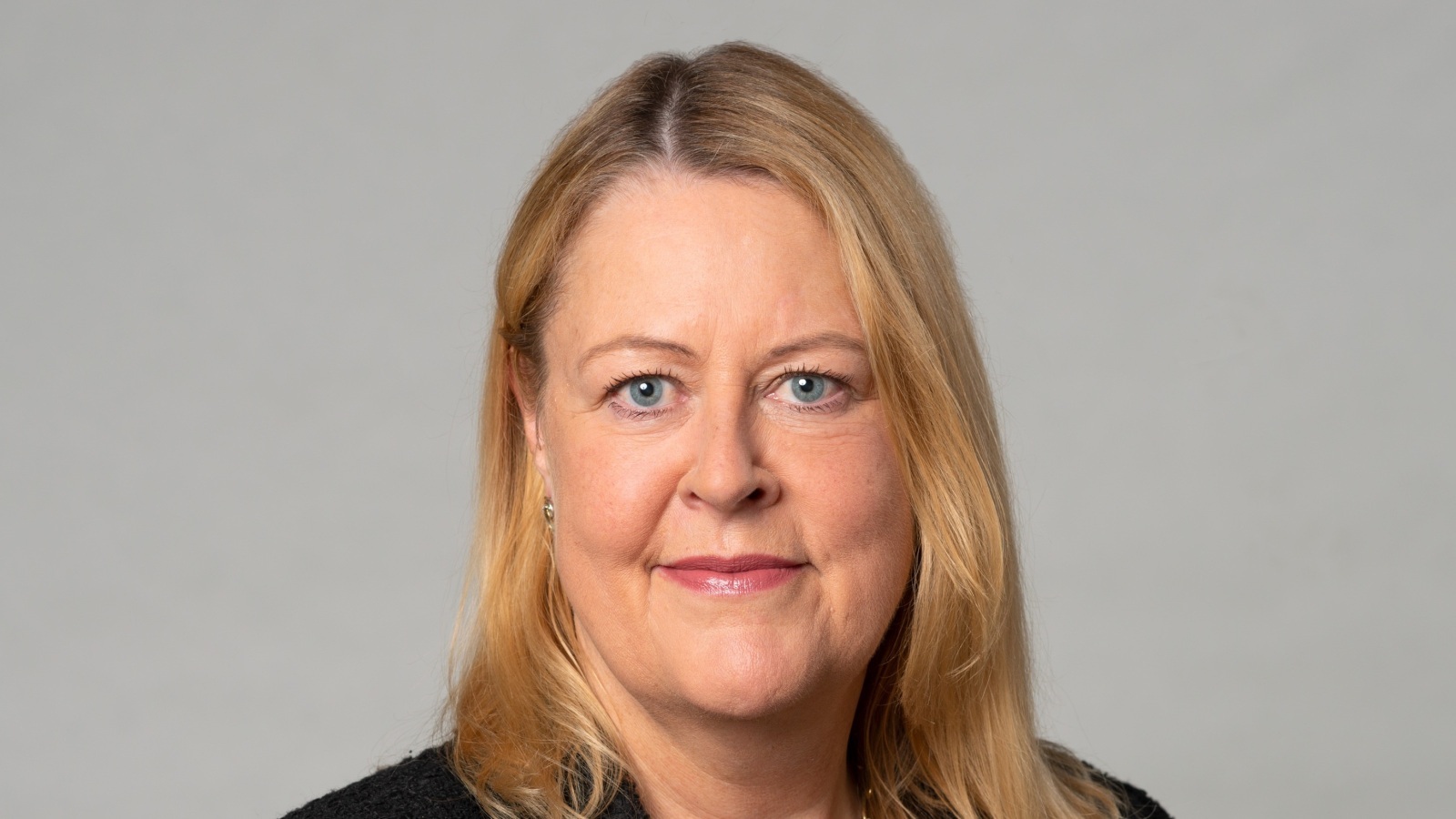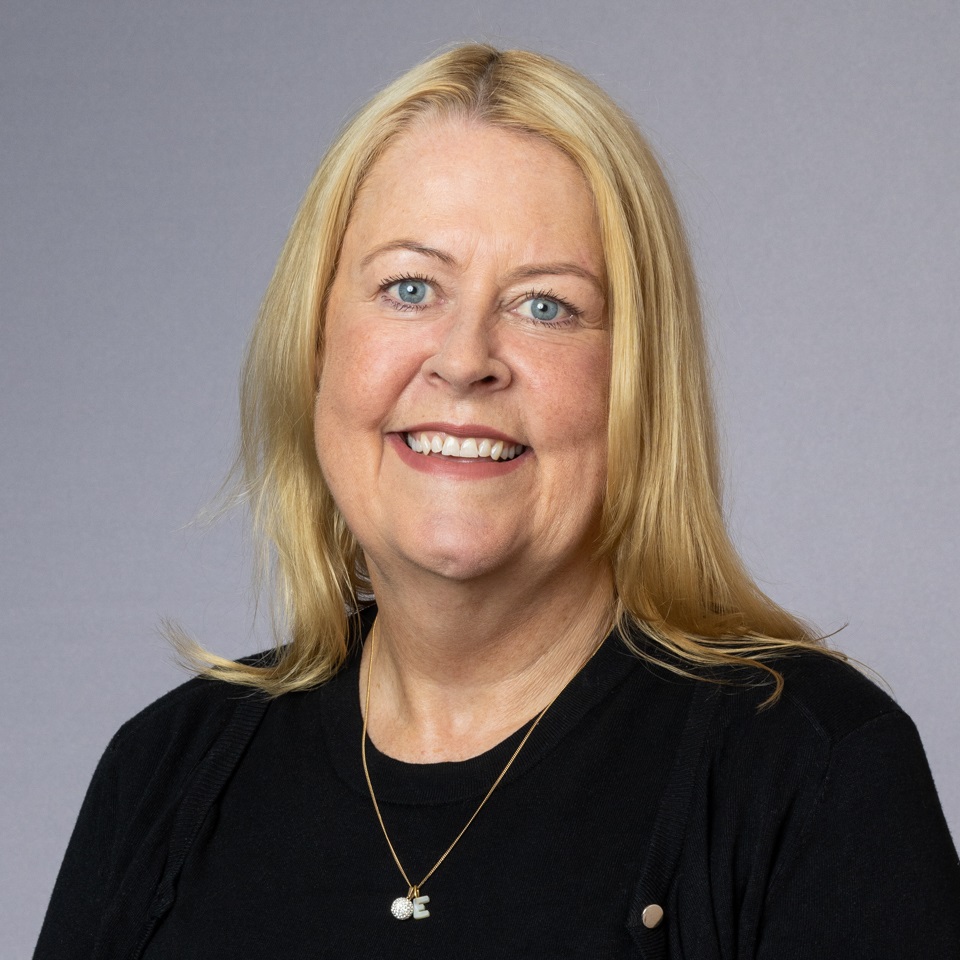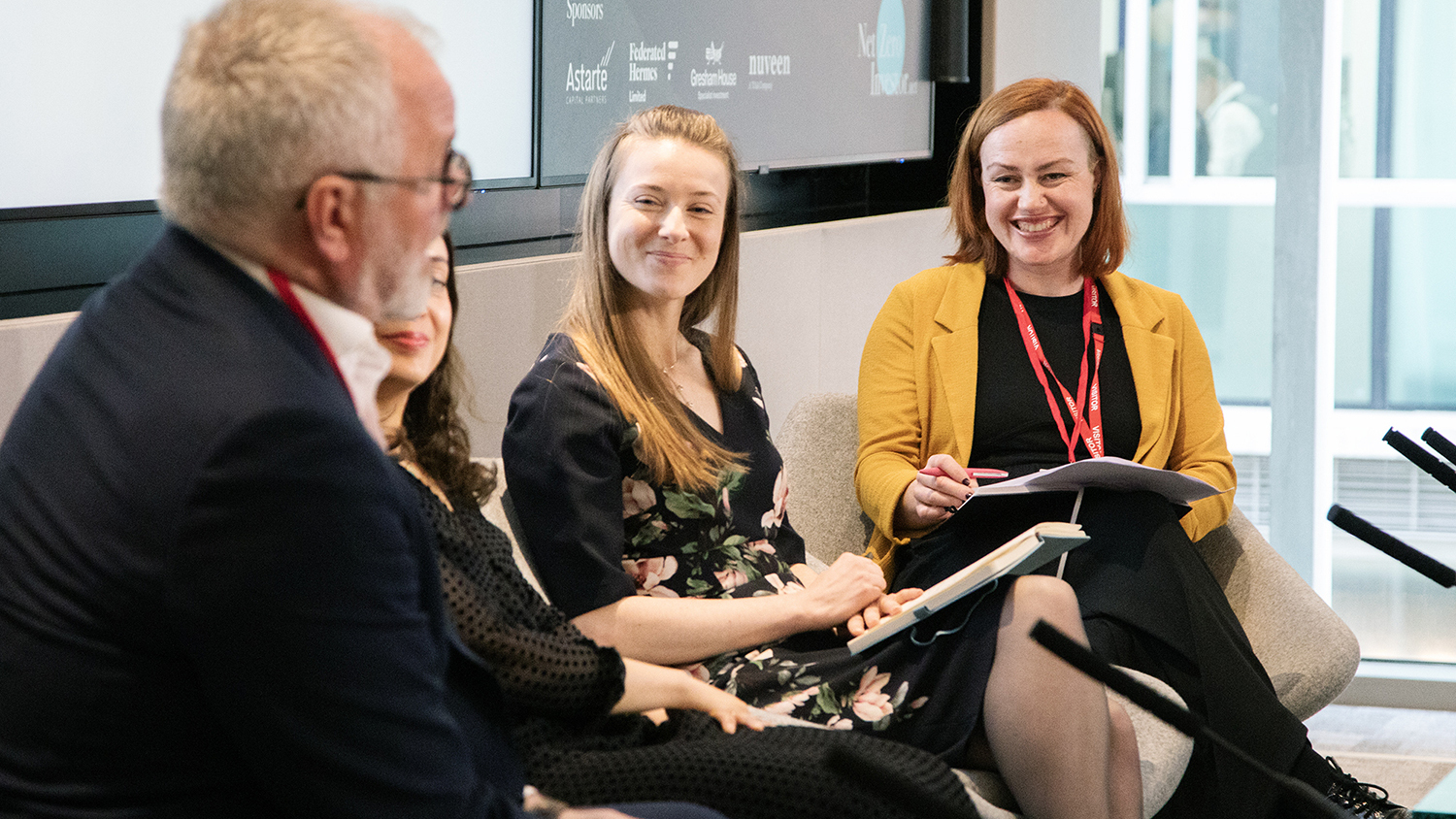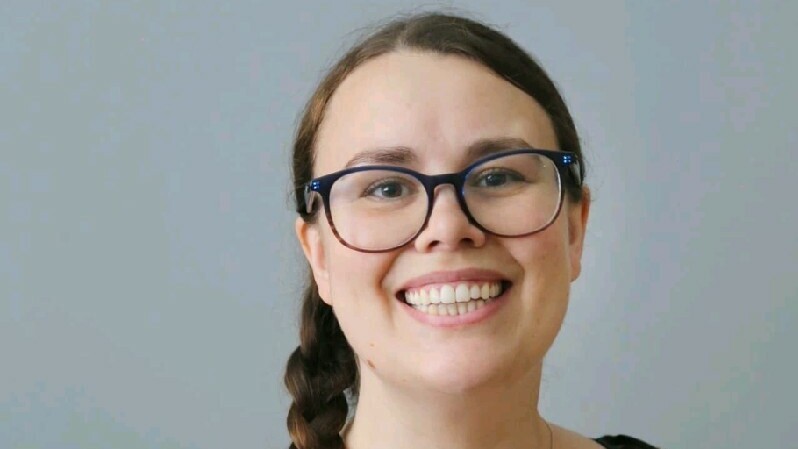
AP2 CEO Eva Halvarsson: ‘it is strange to talk about impact investing’
Eva Halvarsson, the CEO of $36bn Swedish pension fund AP2, explains how impact investing considerations influence her pension fund's capital allocations
A growing number of investors have a clear appetite to increase their allocations to sustainable assets and growing their green investment portfolio.
However, barriers remain with investors singling out high inflation and mounting costs as deterrents to allocating capital to clean energy projects.
Moreover, policy and regulation are not always in line with investors’ green ambitions.
The Principles for Responsible Investment coalition, the UN-backed group that pushes for more sustainability and other ESG standards in investment strategies, recently pointed out that financial performance is no longer the key driver for most investors, or at least not the sole one.
The conclusion of its recent Changing World consultation was that sustainable and environmental impact strategies are rapidly gaining momentum.
“Follow the capital, not the investment,” the report read.
Net Zero Investor's Annual Conference | 11th December 2023 | London
Eva Halvarsson, the CEO of $36 billion Swedish pension fund Andra AP-fonden (AP2), said she largely recognises these findings, particularly in her home market and across the rest of Scandinavia.
“Sustainability and responsible ownership of our capital is increasingly an integral part of investment decisions. Creating good returns is just one element,” Halvarsson said at the recent PRI in Person conference in Tokyo.
“From that perspective, there is already an expectation we take an ‘impact’ investment approach,” the pension veteran added.
“In a way it is strange to talk about impact investing, isn’t it? I mean, all investments have an impact, don’t they?”
When asked to elaborate, Halvarsson explained that “we have been considering impact investments from a financial perspective, what impact they have on our returns, and our reputation as an investor, but more and more we look at their impact on our society and the environment.”
An important pillar in the fund's thinking is that "sustainability pays off" and that climate change holds a special position within the sustainability framework, and constitutes a systemic risk.
Since sustainability is important for the fund’s return it plays a key role in the strategy and for investment decisions at all levels.
“Sustainability is more of a change in mindset, we have been doing this for a number of years, and through different lenses, if you would say so," Halvarsson explained.
"It is very important to use our ‘super power’ to cooperate with other investors and organisations."

Another principle that drives AP2 is is that sustainability must be integrated in all investment processes, from analyses and selection of strategic portfolio, to active management decisions at securities level.
For example, in recent years, AP2 has given great weight to developing and implementing multifactor indices for global equities and corporate bonds that are in accordance with the criteria for the EU Paris-Aligned Benchmark.
When asked how this translates into investment decisions, Halvarsson said AP2 only allocates capital to companies, projects and solutions that have a direct positive impact, such as sustainable infrastructure, private equity with sustainable investment goals and clean tech.
AP2 has over the past 20 years taken significant steps to diversify its portfolio. In 2001, 40% of the fund's portfolio was invested in Swedish bonds and 20% in Swedish equities, the fund has now broadened its exposure to global equities and bonds and also included private market holdings such as investments in sustainable infrastructure.
AP2 has an internally-developed asset and liability management model that simulates the pension system’s annual development over a chosen analysis horizon. Central to this model are the risk for each asset class and the correlations between them and socio-economic factors.
Based on those scenarios, risks and portfolio needs can be assessed, which are decisive for the ultimate allocations.
“Another example, it is very important to use our ‘super power’ to cooperate with other investors and organisations that specialise in certain sustainability goals. For us, we are a global investor but we still need to prioritise our resources and work with others.”
So therefore, “in all of our areas we find cooperation between partners that want to raise our climate issues and the risks we spot, as well as the opportunities,” she added.
Halvarsson pointed out that impact risk assessments are part of all of AP2’s valuations and forecasts.
But when it comes to shaping policy, AP2 is not very active. “We do too little policy engagement, we could do more,” she acknowledged.
So how does AP2 turn impact into action, in practical terms? Mainly by setting goals and targets based on science, and discuss those with its investee companies.
“We have research projects with universities, this is the way to leverage your impact through collective action and speaking to the companies, we cannot do this ourselves, we have to do this through the companies we invest.”
At the end of the day, Halvarsson concluded, “we are all in the same world and we all see the same risks and opportunities around us.”
Also read
What can net zero-minded investors still achieve in a ‘hot house’ world?




